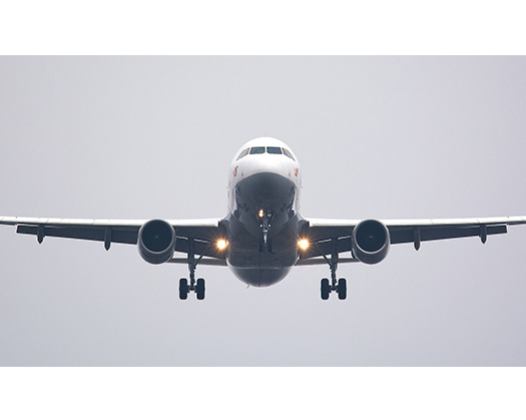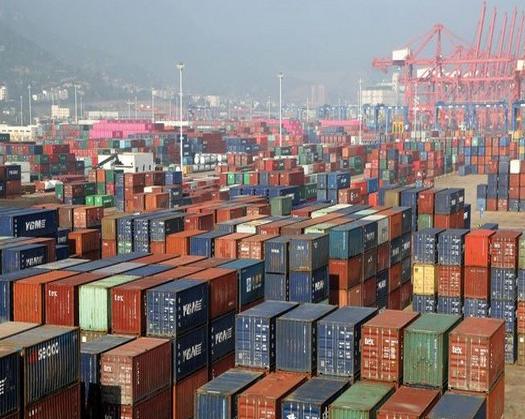Middle Eastern airlines experienced an 8.7% increase in demand year-on-year, as reported in a recent study. Capacity also rose by 3.9% compared to the previous year, with a load factor of 81%, according to the latest International Air Transport Association (IATA) report on passenger demand for November.
The report indicated that global demand, measured in revenue passenger kilometers (RPK), increased by 8.1% compared to November 2023. Total capacity, assessed in available seat kilometers (ASK), saw a year-on-year rise of 5.7%. The load factor for November stood at 83.4%.
International demand surged by 11.6% compared to November 2023, with capacity increasing by 8.6% year-on-year and a load factor of 83.4%. This significant growth in demand was largely driven by strong performances from carriers in Europe and the Asia-Pacific region.
Domestic demand saw a 3.1% increase compared to November 2023, with capacity up by 1.5% year-on-year and a load factor of 83.5%, as noted in the IATA report for November.
“November marked another month of robust growth in air travel demand, with an overall increase of 8.1%. It also highlighted ongoing supply chain challenges that hinder airlines from acquiring the aircraft necessary to meet rising demand,” stated Willie Walsh, IATA’s Director General.
“Capacity growth is trailing demand by 2.4 percentage points, and load factors are reaching record highs. Airlines are missing opportunities to enhance customer service, modernize their offerings, and improve environmental sustainability due to delays in aircraft deliveries,” he added.
“The aerospace manufacturing sector must prioritize finding swift and sustainable solutions to their supply chain challenges as a New Year’s resolution for 2025,” concluded Willie Walsh.
Regional Analysis
All regions experienced growth in international passenger markets in November 2024 compared to the same month in 2023. Europe recorded the highest load factors at 85.0%, while the Asia-Pacific region led in growth with a remarkable 19.9% year-on-year increase in demand.
Airlines in the Asia-Pacific region reported a 19.9% year-on-year rise in demand, with capacity increasing by 16.2% over the same period. The load factor reached 84.9%, reflecting an improvement of 2.6 percentage points compared to November 2023.
European airlines experienced a 9.4% year-on-year growth in demand, with capacity rising by 7.1%. The load factor stood at 85.0%, which is an increase of 1.8 percentage points from November 2023.
North American airlines noted a 3.1% year-on-year increase in demand, with capacity growing by 1.6%. The load factor was recorded at 81.0%, up by 1.1 percentage points compared to the previous year.
Latin American carriers saw an 11.4% year-on-year increase in demand, with capacity climbing by 11.9%. The load factor was 84.4%, showing a slight decrease of 0.4 percentage points from November 2023.
African airlines reported a 12.4% year-on-year increase in demand, with capacity rising by 6.0%. The load factor improved to 72.9%, marking an increase of 4.1 percentage points compared to November 2023.
Air cargo demand has increased.
According to the IATA report, Middle Eastern airlines experienced a 3.6% year-on-year growth in air cargo demand for November, despite a 0.6% decline in capacity over the same period.
Overall demand, measured in cargo tonne-kilometres (CTK), rose by 8.2% compared to levels in November 2023, with international operations seeing a 9.5% increase, marking the 16th consecutive month of growth.
Capacity, assessed in available cargo tonne-kilometres (ACTK), grew by 4.6% relative to November 2023, with international operations reflecting a 6.5% increase.
"It was a strong November for air cargo, with an 8.2% rise in demand nearly doubling the 4.6% increase in cargo capacity. Fuel prices were 22% lower than the previous year, and tight market conditions contributed to a yield growth of 7.8%," stated Willie Walsh.
"Overall, we anticipate concluding 2024 with a profitable performance in air cargo. While this robust trend is likely to continue into 2025, we must remain vigilant regarding potential risks, including inflation, geopolitical uncertainties, and trade tensions," he added.
In November, the performance of regional air cargo varied significantly.
Airlines in the Asia-Pacific region experienced a remarkable 13.2% increase in year-on-year demand for air cargo, marking the highest growth rate among all regions. Their capacity also rose by 9.4% compared to the previous year.
North American airlines reported a 6.9% year-on-year growth in air cargo demand, with a capacity increase of 2.2% over the same period.
European carriers recorded a 5.6% rise in year-on-year demand for air cargo, accompanied by a 4.3% increase in capacity.
In Latin America, airlines saw an 11.6% year-on-year growth in air cargo demand, with capacity expanding by 6.4%.
Conversely, African airlines experienced a slight decline of 0.7% in year-on-year demand for air cargo, the lowest among the regions, although their capacity grew by 0.4%.










